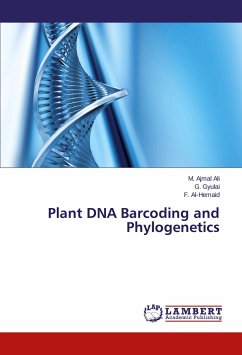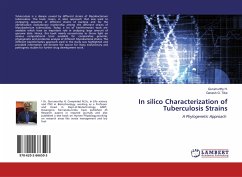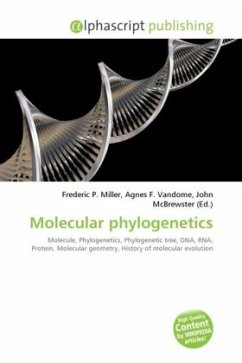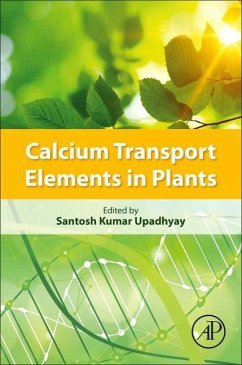
Molecular Phylogenetics of New World Emballonurid Bats
Phylogeny, Times of Divergence, Biogeography, and Evolutionary Patterns in Morphology and Behaviour
Versandkostenfrei!
Versandfertig in 6-10 Tagen
39,99 €
inkl. MwSt.

PAYBACK Punkte
20 °P sammeln!
South America was an insular continent for most ofthe Tertiary, but it has the highest speciesdiversity for many organismal groups. Since earlyexplorations, biologists have been asking why SouthAmerica has high biodiversity and how organisms gotthere during long periods of isolation. I addressthese questions of evolution using sheath-tailed bats(family Emballonuridae) as a study group. A molecularphylogeny was produced based on a phylogeneticanalysis of DNA sequences from unlinked loci from the4 components of genetic transmission found inmammals. Optimization of areas suggests that theancestor...
South America was an insular continent for most of
the Tertiary, but it has the highest species
diversity for many organismal groups. Since early
explorations, biologists have been asking why South
America has high biodiversity and how organisms got
there during long periods of isolation. I address
these questions of evolution using sheath-tailed bats
(family Emballonuridae) as a study group. A molecular
phylogeny was produced based on a phylogenetic
analysis of DNA sequences from unlinked loci from the
4 components of genetic transmission found in
mammals. Optimization of areas suggests that the
ancestor of New World emballonurids had its origin in
Africa. Divergence times were estimated with a
relaxed clock approach and primary diversification in
South America occurred during the Miocene. A study of
historical biogeography indicated that the ancestral
area was the Northern Amazon. Character mapping
indicated a correlation of ear morphology with
echolocation call design and foraging behaviour,
which suggests a phylogenetic basis to the evolution
of these character systems. These results will be of
interest to biologists researching systematic
biology, evolution, and biogeography.
the Tertiary, but it has the highest species
diversity for many organismal groups. Since early
explorations, biologists have been asking why South
America has high biodiversity and how organisms got
there during long periods of isolation. I address
these questions of evolution using sheath-tailed bats
(family Emballonuridae) as a study group. A molecular
phylogeny was produced based on a phylogenetic
analysis of DNA sequences from unlinked loci from the
4 components of genetic transmission found in
mammals. Optimization of areas suggests that the
ancestor of New World emballonurids had its origin in
Africa. Divergence times were estimated with a
relaxed clock approach and primary diversification in
South America occurred during the Miocene. A study of
historical biogeography indicated that the ancestral
area was the Northern Amazon. Character mapping
indicated a correlation of ear morphology with
echolocation call design and foraging behaviour,
which suggests a phylogenetic basis to the evolution
of these character systems. These results will be of
interest to biologists researching systematic
biology, evolution, and biogeography.












